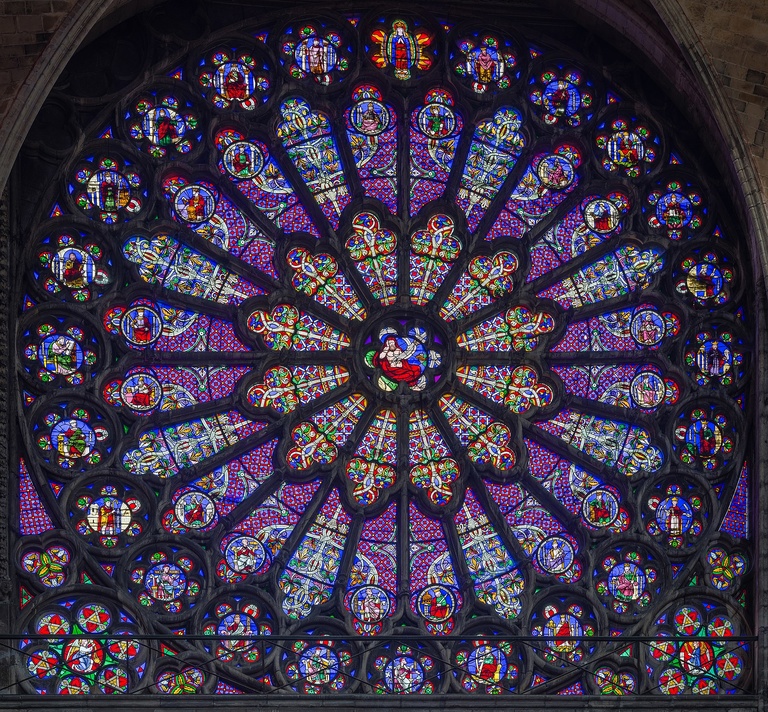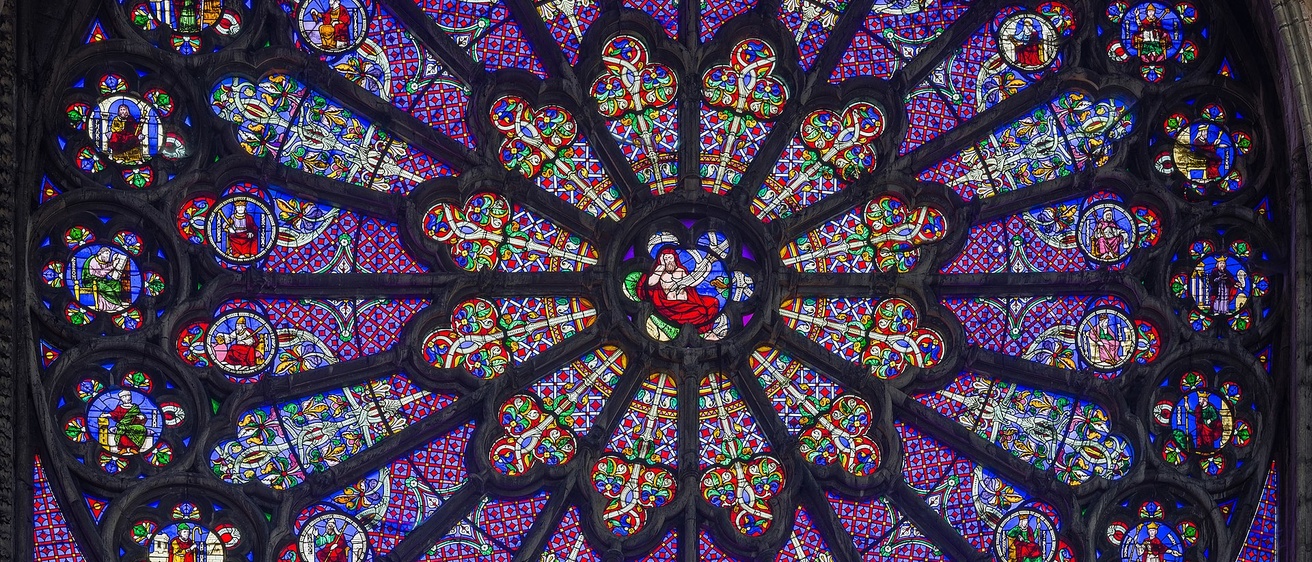Among the several differences between the gospel of Matthew and the gospel of Luke’s genealogies of Jesus is that Matthew includes four women. Some readers may recall the names of the four women, but the bigger question is why they are included. Including these four women in a patriarchal list of descent is designed to highlight them and presumably make an important point. Did they all share something in common beyond being part of Jesus's ancestry?

It is probable that Matthew’s audience would have known who these women were and would have seen an immediate connection. But, because Matthew does not articulate any commonality (beyond Jesus's ancestry), it's left to us, the readers, to speculate what these women may have had in common and why Matthew chose to mention them by name.
- Tamar—Matthew 1:3 mentions the brave widow Tamar, who in Genesis 38 takes her redemption into her own hands after her father-in-law, Judah, had refused to let her marry his third son, Shelah. She disguises herself, goes to the city gates, and following her plan, is mistaken by Judah for a prostitute. Tamar becomes pregnant, and instead of being put to death for adultery, she exposes Judah as the redeeming father of her child, which was Judah's primary responsibility in the first place.
- Rahab—Matthew 1:5 mentions a brave prostitute from Jericho, who in Joshua 2:1–24 hides and assists the Israelite spies sent by Joshua to assess the Promised Land. In return, she is granted entrance to the Israelite community along with her family in Joshua 6:17–25.
- Ruth—Matthew 1:5 mentions a brave Moabite woman, who in Ruth 1:16 stubbornly decides to accompany her mother-in-law back to Israel after both of their husbands died. In order to secure their future, Ruth takes matters into her own hands and "lies at the feet" of a kinsman redeemer, a wealthy older relative named Boaz, whom she ultimately convinces to marry her.
- Bathsheba—While Matthew 1:6 calls her "the wife of Uriah," 2 Samuel 11:4 records that Bathsheba is a woman forced into an adulterous relationship by King David while her husband was at war, who then watched powerlessly as David had her husband, Uriah the Hittite, murdered in battle in 2 Samuel 11:15–16. Though the child produced by the affair is killed by God as punishment for the affair in 2 Samuel 12:14–19, Bathsheba uses her cunning in 1 Kings 1 to ensure that her second son, Solomon, becomes heir to David's throne.
So what do these women have in common? And why does Matthew include them in Jesus's genealogy?
Matthew begins his gospel with the story of Mary’s pregnancy—one that would be scandalous to say the least—so the inclusion of these women is used by Matthew to show that it is very much in keeping with the Hebrew tradition for God to use women who are put in sexually dangerous or vulnerable positions to further his plans. Including the names of these women reminds the readers that Mary's pregnancy and Jesus's birth may appear scandalous at first, but it is only part of a long tradition of great women who give rise to great children, all of whom redeemed Israel and made it great. Matthew wants to paint Jesus in the same light.
(originally published: 12/15/2021)
